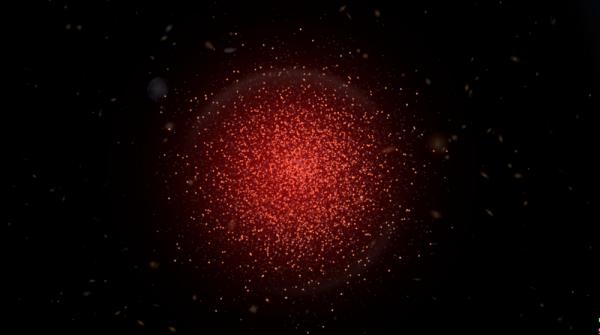BY LETTER
Red Globular Galaxies
Sophonts > Xenosophonts > Alien Civilisations outside the Terragen Sphere
Culture and Society > Myths and the Unexplained > Artefacts (Artifacts)
Technology > Application > Megascale Engineering
Science > Sophontology > Xenology
Sophonts > Xenosophonts
Culture and Society > Myths and the Unexplained > Artefacts (Artifacts)
Technology > Application > Megascale Engineering
Science > Sophontology > Xenology
Sophonts > Xenosophonts
Distant galaxies optimised for habitation by unknown xenosophonts | |
 Image from Steve Bowers | |
| The high mass of these small objects often creates gravitational lensing around the galaxy as seen from the Terragen Sphere | |
The first red globular galaxy was discovered by the Argus Array in 5505, five hundred million light years from the Milky Way in Dorado. Because these objects are much less luminous than a regular galaxy they were overlooked in earlier surveys, since they resemble globular clusters in many ways apart from their colour index. Since that time another thirty-four similar objects have been detected, in various stages of completion.
A red globular galaxy has the same total mass as a typical barred-spiral galaxy, but consists entirely of red dwarfs, almost all of which have less than 0.25 solar masses. Such stars will have a very long lifespan on the Main Sequence. Typically a red globular galaxy will contain hundreds of billions of these small stars, artificially gathered together into a space a few hundred light years across to form a structure not unlike a very large but dim globular cluster. Some examples are smaller and more compact, with a diameter less than fifty light years.
It is possible to observe these objects at almost every stage of their construction, and some of the most distant (and youngest) examples are as much as ten billion light years away. From this data it is possible to deduce that objects of this kind generally developed advanced civilisations early in their timeline, and that these civilisations have for various reasons decided to optimise their own galaxy for intelligent life. By encouraging the formation of long-lived red dwarfs, these civilisations appear to be attempting to extend the useful life of their stellar environment; by moving the stars closer together they reduce the time that messages take to pass from star to star.
There are many variations in the detailed structure of these objects; some have enclosed most of their stars in partial or full Dyson shells; some have elaborate stellar management structures in place to prevent collisions, while others include both red and blue stragglers as a result of collisions. Most, but not all, have a central massive black hole, generally much smaller than normal galactic holes. Almost all of these objects are so distant from each other that little or no contact would be possible between them, although one pair in Herculis may be in constant contact with each other. Whether this pair is the product of a single civilisation or simply memetic influence is not known.
The relatively nearby Sundrivers may be an example of a civilisation in the early stages of this process, relocating stars in their galaxy on a so-far fairly limited scale.
Related Articles
Appears in Topics
| Alien Civilisations outside the Terragen Sphere | Artefacts (Artifacts) | Megascale Engineering |
| Xenology | Xenosophonts |
Development Notes
Text by Steve Bowers
from an idea by Isaac Arthur
Initially published on 14 April 2015.
from an idea by Isaac Arthur
Initially published on 14 April 2015.






